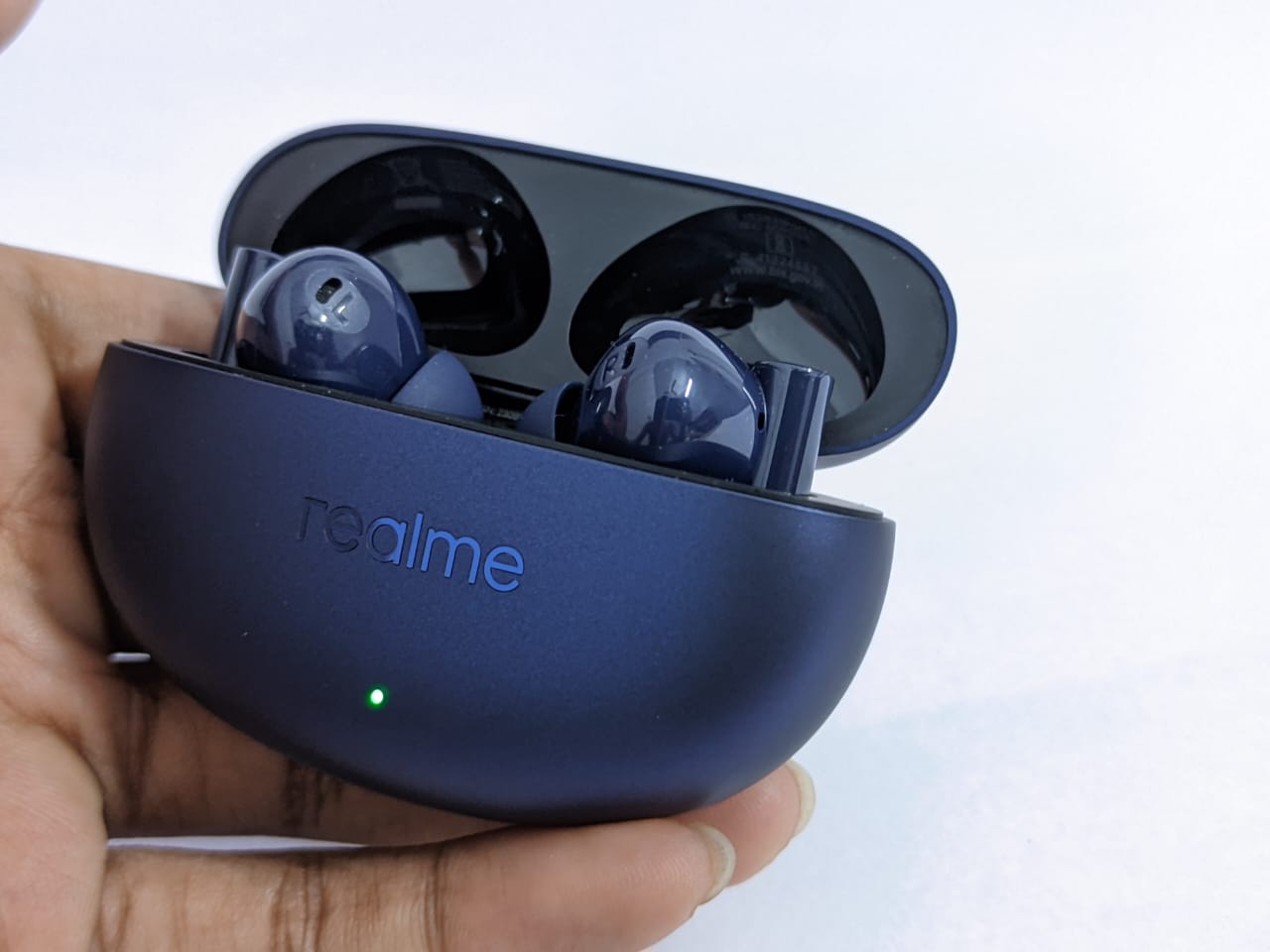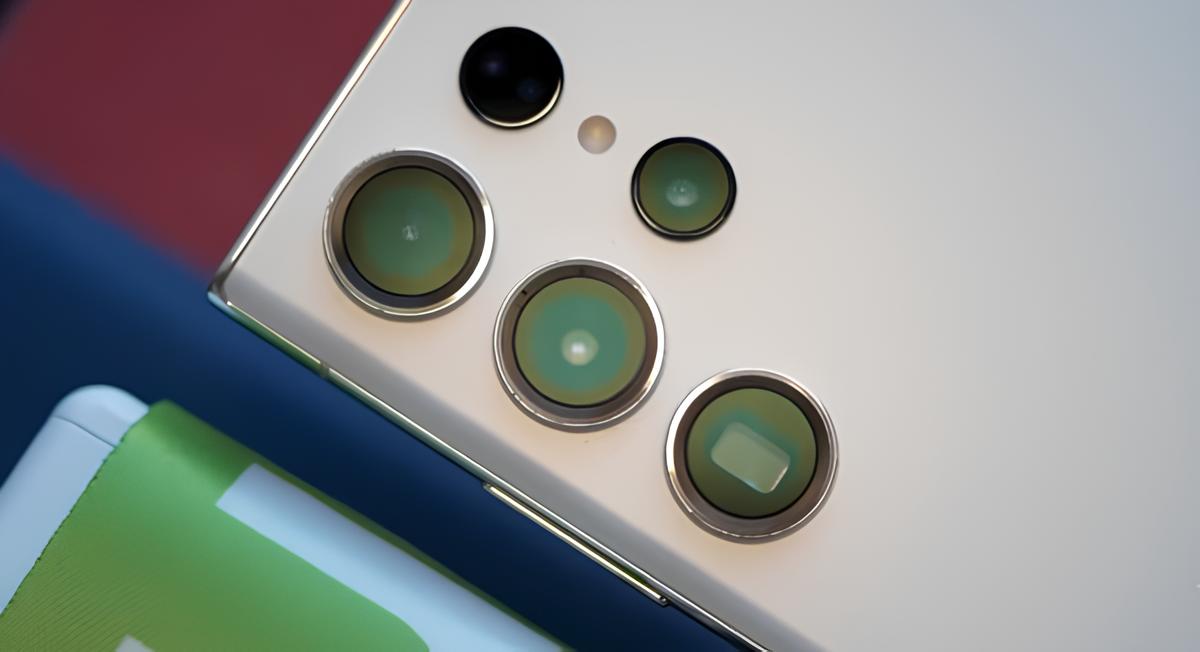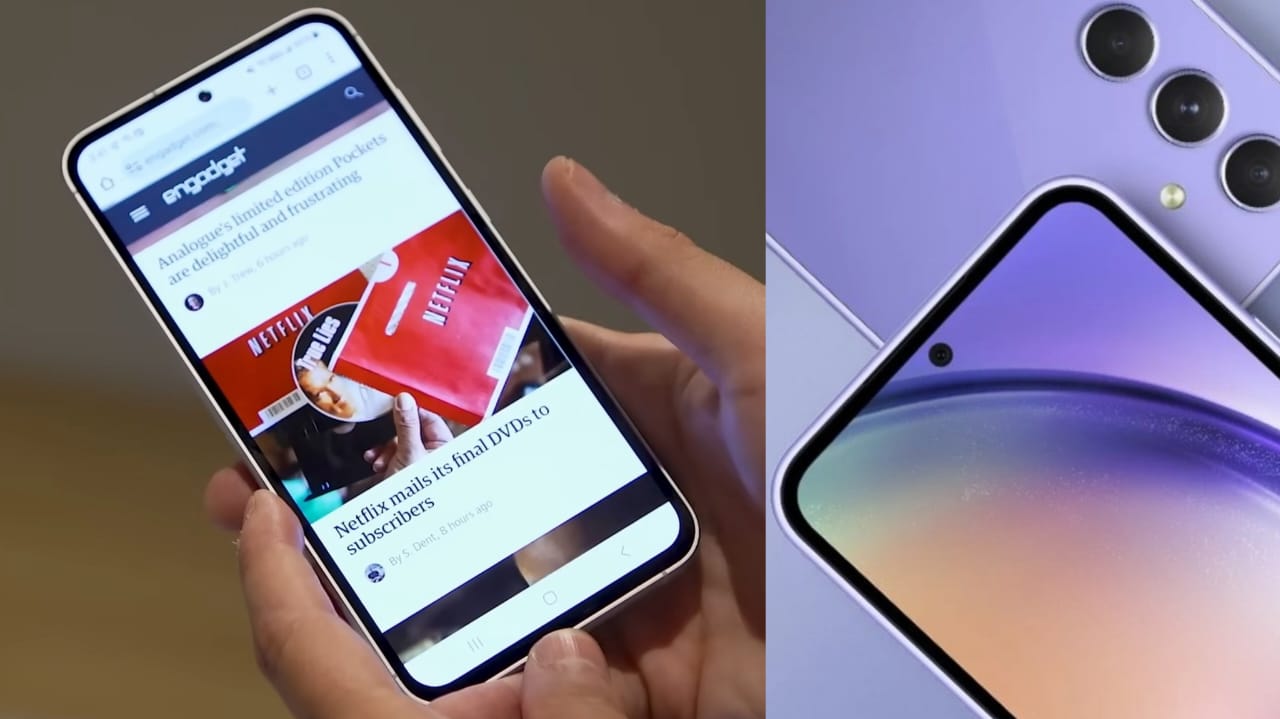The Google Pixel 8 is built as an ‘AI-centric mobile computer’, and it’s quite different from Samsung’s approach for the Galaxy S23 FE. The latter one is all about bringing a somewhat premium OneUI experience within a cost-effective package.
That being said, both of the two also share some similarities in certain aspects, especially on the hardware level. For some people, that might be the main factor making Samsung’s offering a better choice. While for others, the Pixel 8 will be a no-brainer. So, let’s not waste any more words and dive in.
Google Pixel 8 vs Galaxy S23 FE: Build and Design
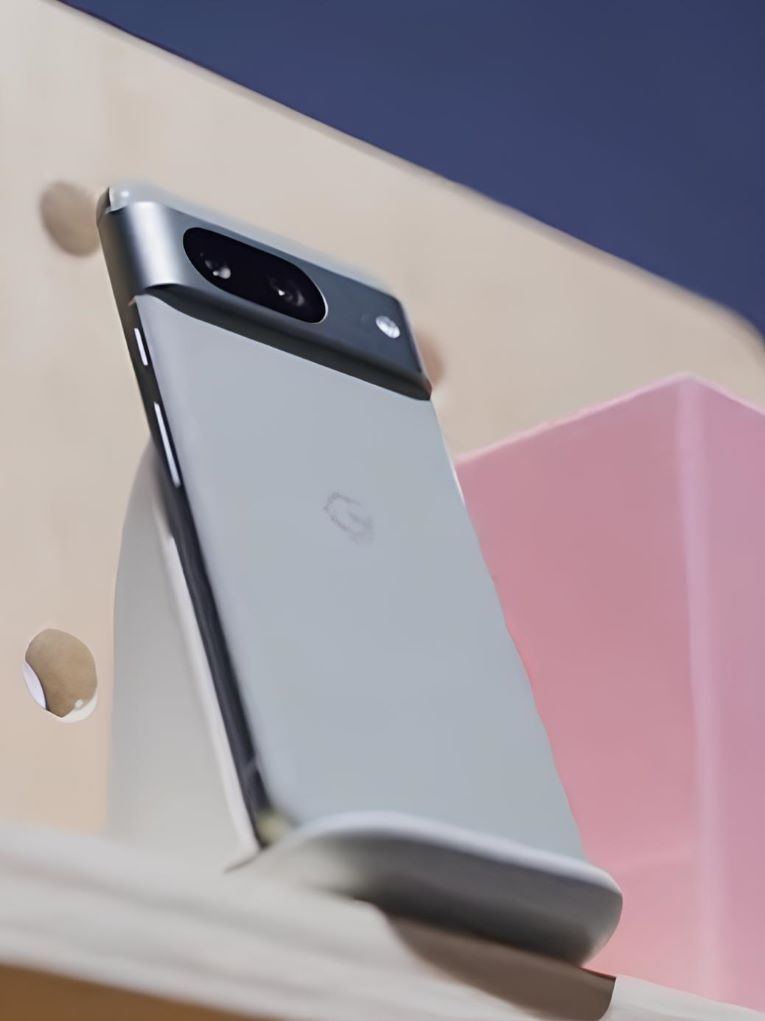
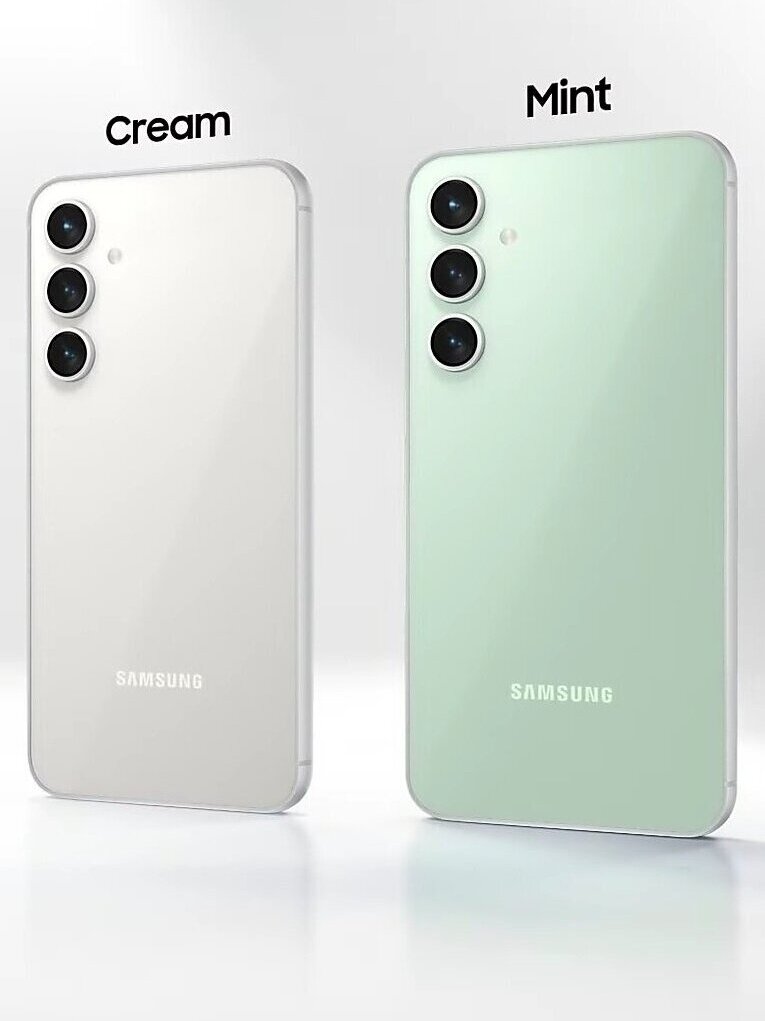
Both the Google Pixel 8 and the Galaxy S23 FE come with an aluminum frame and glass back. The edges are a bit more rounded on Google’s offering here. The front design is quite similar for the two. Both phones feature a single punch-hole camera design with a flat display.
Looking at the back, you can see signature designs from both companies. The Google Pixel 8 retains the same camera bar design as last year, with a slightly bigger camera cutout. Your finger also rests below the camera bar design. It provides a better grip to prevent the phone from slipping easily from your hand.
In comparison, the Galaxy S23 FE closely replicates the separate camera module design seen in the Galaxy S23 series, which gives it a clean look.
When it comes to choosing between these two, it’s a matter of preference. It’s worth noting that the Galaxy S23 FE is a bit heavier at 209g compared to the Google Pixel 8’s 187g.
Google Pixel 8 vs Galaxy S23 FE: Performance
Both displays have FHD+ resolution and support a 120Hz refresh rate. The Pixel’s display is referred to as an ‘Actua display’, which essentially represents the 2000-nit brightness in Google’s words.
Many people seem to be skeptical about the performance, and the thermal efficiency of the Pixel 8’s Tensor G3 chip. However, it’s important to note that the thermal efficiency depends on the process node on which the chips are built. In this case, it’s the same for the Galaxy S23 FE’s Exynos 2200 or 8 Gen 1 and Google Pixel 8’s Tensor G3. So, the Tensor G3 should not lag behind the Exynos 2200 on the Galaxy S23 FE in terms of thermal efficiency.
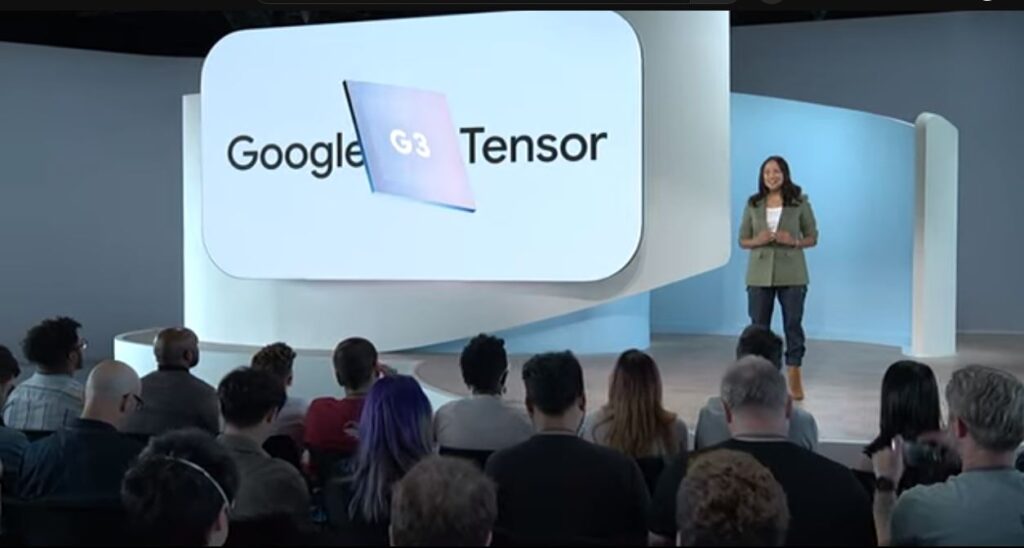
Now, talking about raw power, the Exynos 2200 on the Galaxy S23 FE comes with improved performance. It even outperforms the Galaxy S22 Ultra with the same chip on benchmarks. But at the same time, the Tensor G3 was reported to be a custom version of the Exynos 2300, the successor to the Exynos 2200 on the Galaxy S23 FE. So it’s likely to perform even better.
Additionally, we have moved from the era of hard work to smart work. The main focus of a Tensor chip remains on Google’s custom TPU (Tensor Processing Unit) and not just raw power. The phone certainly needs some level of raw power to support the machine learning models.
But we have not seen a Pixel device struggle with the camera before, nearly as much as many of the Ultra phones from another brand do, despite having more capable hardware. There’s a very good chance you have experienced shutter lag if you have been a user. So, focusing solely on raw power is safe to say, unnecessary these days.
Regarding the software side, the Tensor G3 is now capable of running even larger machine learning models on-device. It enables features like even more accurate speech-to-text recognition and much more.
Google Pixel 8 vs. Galaxy S23 FE: Camera
On the Google Pixel 8, you get the same 50-megapixel main camera, apparently capable of 2x optical quality zoom. In addition to this, the device offers a 12-megapixel ultrawide and a 10.5-megapixel selfie camera.
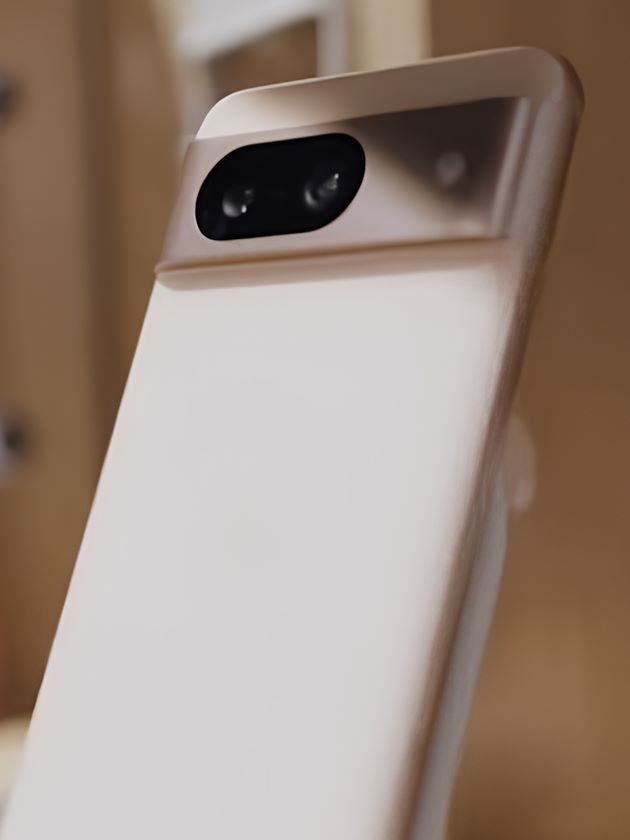
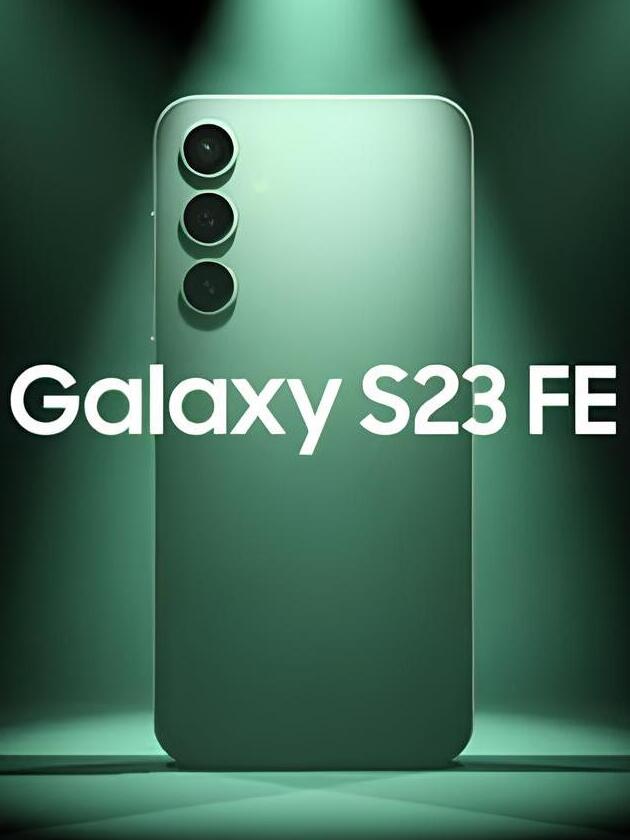
The Galaxy S23 FE sees some camera improvements this year, matching Google’s offering in resolution. It also comes with an extra 8-megapixel 3x telephoto camera. There’s a similar 10-megapixel one for selfies on the front. Needless to say, there isn’t much to discuss about the camera hardware for both of these devices.
But the Google Pixel 8 has a lot to say about its post-processing thanks to some of the on-device machine learning models. They were the main highlight of the launch event. Although many features, such as video boost, the new magic editor, or zoom enhance, are exclusive to the Pixel 8 Pro, the Pixel 8 is still capable of taking better photos and videos in most scenarios than the Galaxy S23 FE.
Google Pixel 8 vs. Galaxy S23 FE: Software support
The Google Pixel 8 will get 7 years of OS, security patch, and feature drop updates. In comparison Samsung provides 4 years of OS updates and 5 years of security patches.
Also, the S23 FE comes with Android 13 (OneUI 5.1), while the Pixel 8 comes with Android 14 out of the box.
So, definitely, the Google Pixel 8 will be a good investment if you are thinking long-term.
Google Pixel 8 vs. Galaxy S23 FE: Battery life and Charging
Both the Google Pixel 8 and the Galaxy S23 FE come with pretty similar battery capacities at 4575mAh and 4500mAh, respectively. Although battery life does not solely depend on battery capacity.
If you are not a particularly heavy user, such as playing games for extended sessions or using the camera extensively, both of these phones will last you until the night.
For charging, the Pixel 8 and the S23 FE are again pretty similar, with 25W and 27W support, respectively. Both are advertised to be capable of reaching 50% charge in 30 minutes.
Conclusion
The Galaxy S23 FE is priced $100 less than the Google Pixel 8, and at the same time, each of them outperforms the other in different aspects. Ultimately, it depends on whether you want the fascinating Generative AI features to handle tasks more efficiently and easily, or if you’re a fan of OneUI and want to be mindful of not overspending on a phone.
So, which one to buy?
The Google Pixel 8 brings some of Google’s latest innovations in the field of generative AI to make tasks easier, faster, and smarter. On the other hand, the Galaxy S23 FE adds an extra telephoto lens.
But I recommend going with the Pixel 8, as it’s a smarter device overall that will bring more value than an extra telephoto lens. Moreover, the Pixel 8 is a bit more compact and lightweight despite housing the same-sized battery.
The corrections include fixing spelling, punctuation, and capitalization errors for improved readability.
